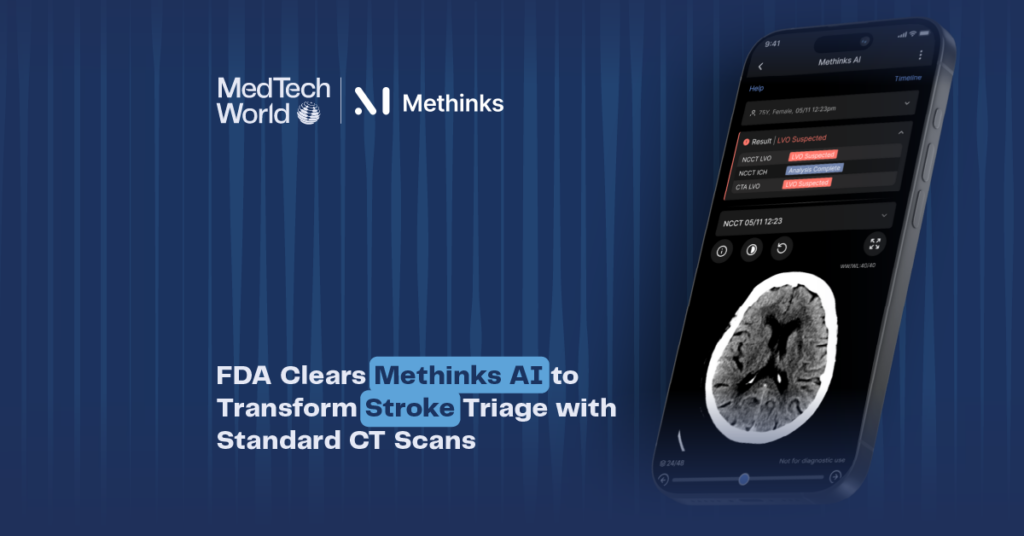Michael Joe Cini
8th August 2022
Royal College of Surgeons and the National College of Art and Design Partner to Develop a Silicone Heart Model
Heart failure, a chronic and progressive condition in which the heart muscle is unable to pump enough blood to meet the body’s needs for blood and oxygen, is on the rise, especially in developing countries. This debilitating disease has garnered much interest from researchers and healthcare providers over the years. The disease which was earlier thought to be age-related and restricted to the elderly has now been increasingly reported in young and seemingly fit individuals.
Developing new ways to test therapeutic interventions
In 2019, Harvard Health reported that 80% of heart attacks due to atherosclerotic blockages in coronary arteries are seen in young adults. The report also states that 4% of heart attacks in young adults are triggered by inborn abnormalities of the coronary artery anatomy and that 5% of these cases can be attributed to blood clots. Unhealthy lifestyles, such as smoking, drug abuse, bad eating habits, and a sedentary lifestyle, have been associated with an increased risk of heart failure.
A study published in the journal Science by Kenneth Walsh, Professor of Internal Medicine, University of Virginia, finds that Y chromosome loss through ageing can lead to an increased risk of heart failure and death from cardiovascular disease. Y chromosome loss has been linked to a shorter lifespan and some age-related diseases, including cancers and Alzheimer’s disease. While women generally have two X chromosomes, most men have one X and one Y chromosome. Many people, as they age, start to lose the Y chromosomes in a fraction of the cells in their bodies.
Since this chronic disease currently has no cure, many researchers have focused on its treatment and prevention. The condition can be difficult to treat with medicines, signifying the importance of developing new treatments for this patient population. A component of this is developing new methods to test therapeutic interventions, including new medical devices. Scientists have tried removing hearts from experimental animals and attempted to keep them beating for as long as possible in the hope of testing new treatments. But, such organs, once removed from the body decline very quickly, limiting their usefulness.
Also, It is important to accurately model the type of heart failure that is being treated. It has been found that in about half of heart failure cases, left ventricular ejection fraction, a measurement of the proportion of blood in the ventricle that is ejected each time the ventricle beats, is mostly preserved and remains at or over 50%. It is therefore challenging to model these nuances with an ex-vivo heart that has been removed from a pig.
On January 7, after the Food and Drug Administration gave emergency authorization on New Year’s Eve, David Bennett, a patient with terminal heart disease received a successful transplant of a genetically modified pig’s heart at the University of Maryland Medical Center, Baltimore. The 57-year-old, who was the first man to receive a transplanted pig’s heart, had been hospitalized before the transplant for six weeks with a life-threatening arrhythmia and had been connected to a heart-lung bypass machine. Being in end-stage heart failure, he didn’t qualify for a traditional heart transplant.
Although the transplant was successful, the patient died two months after the surgery of heart failure, not organ rejection, due to several factors. In a paper released in June, the doctors involved said that a “complex array of factors” caused heart failure. Due to several failed attempts to develop a lasting treatment, scientists have turned to synthetic heart models.
The Silicone Heart
Researchers at the Royal College of Surgeons and partners at the National College of Art and Design have developed a silicone heart model with the aim of modelling heart failure with preserved ejection fraction. The device, which includes a simulated version of the left atrium and left ventricle, represents a ‘mock circulatory loop’. Each chamber is controlled independently to copy the entire cardiac cycle. Similar to how our diaphragm controls breathing by changing the air pressure in our thoracic cavity, the researchers apply air pressure in a surrounding chamber to stimulate the device to pump.
The device can model healthy cardiac function. Also, it can model Heart Failure with Preserved Ejection Fraction by limiting diastolic relaxation and filling. Since interventions to treat Heart Failure with Preserved Ejection Fraction will need to target both the atrium and ventricle, this technology represents an exceptional platform to test new therapeutic interventions. This is a crucial advancement in the development of a robust means of testing heart failure device treatments.
The development of this lab-based model is a milestone in heart failure research as it enables devices that have the potential to treat a condition that affects millions of people around the world to be tested, thereby improving their quality of life and reducing the burden on health services.
Take part in Med-Tech World 2022
It is now estimated that the global digital health market will increase to around $640 billion by 2026. Through our expertise coupled with optimized networking, we will ensure that both investors and startups are on the ground floor of this health revolution. The event which is organized and curated alongside a team of doctors, attracts legislators and policymakers, medical professionals, and investors from across the world, addresses the opportunities and challenges driving this million-dollar forum.




